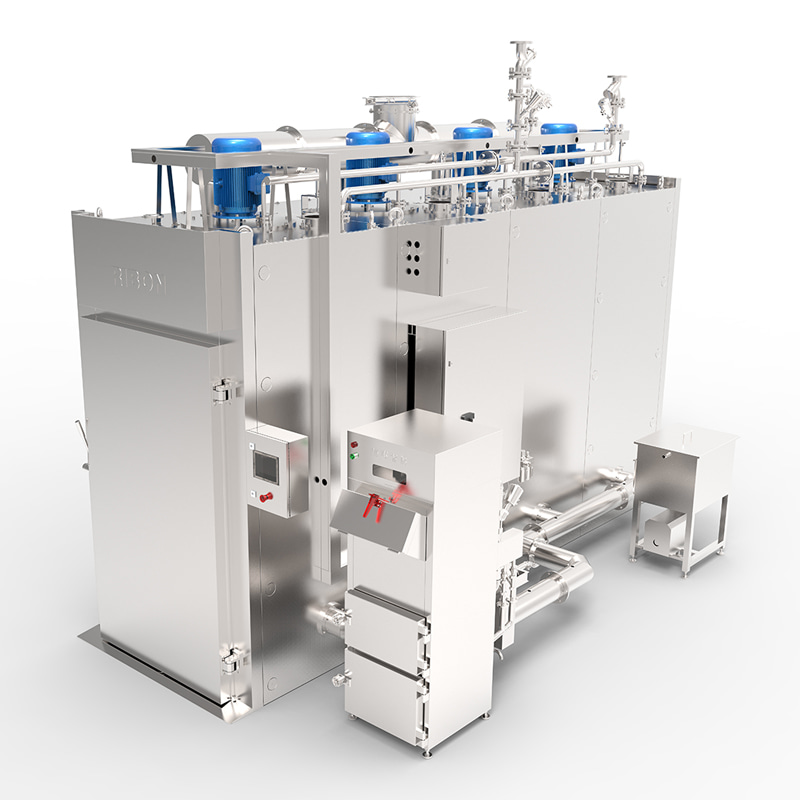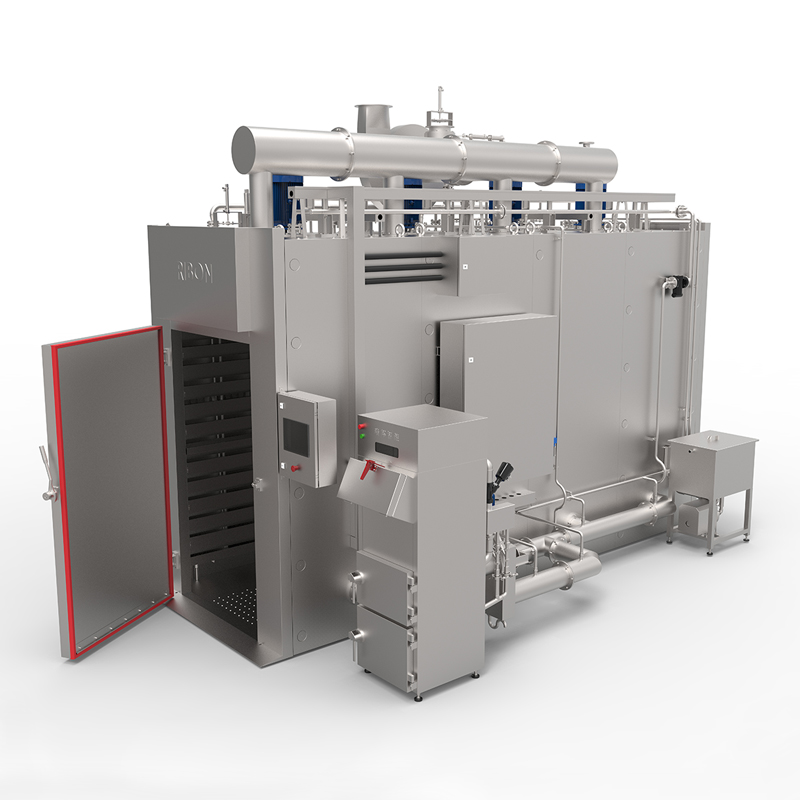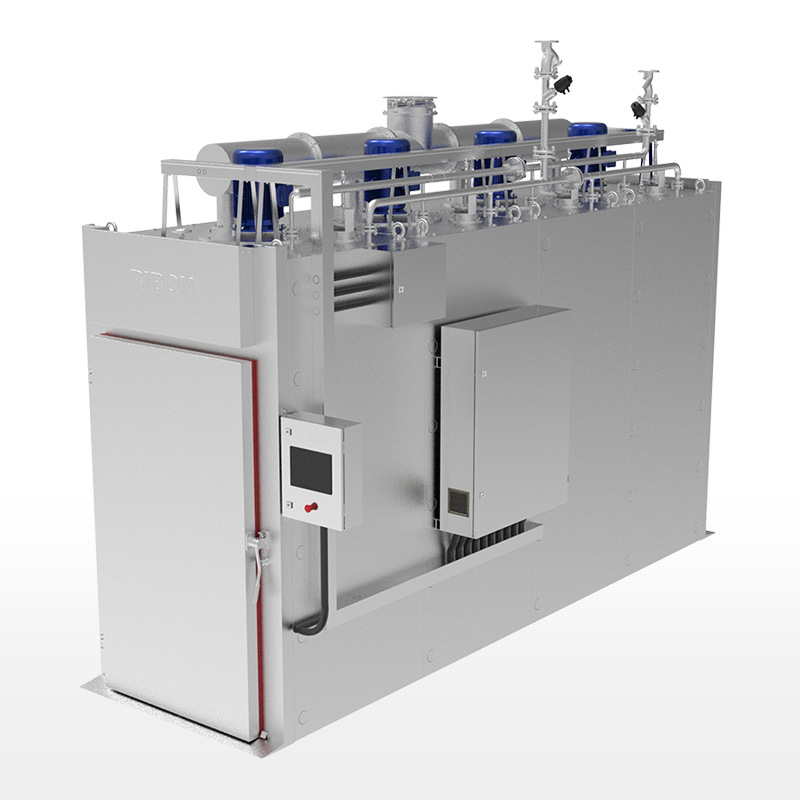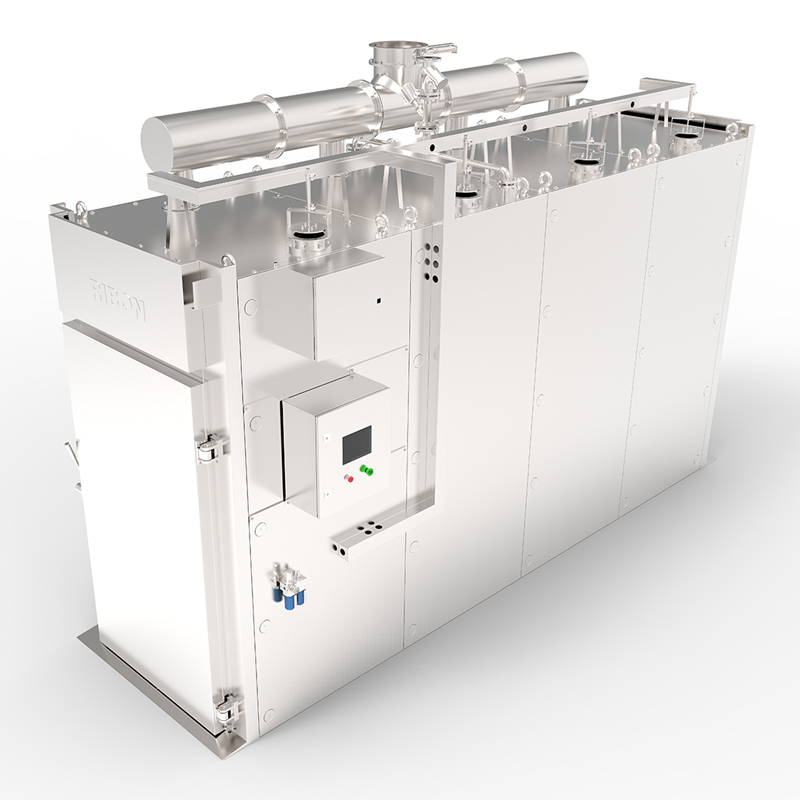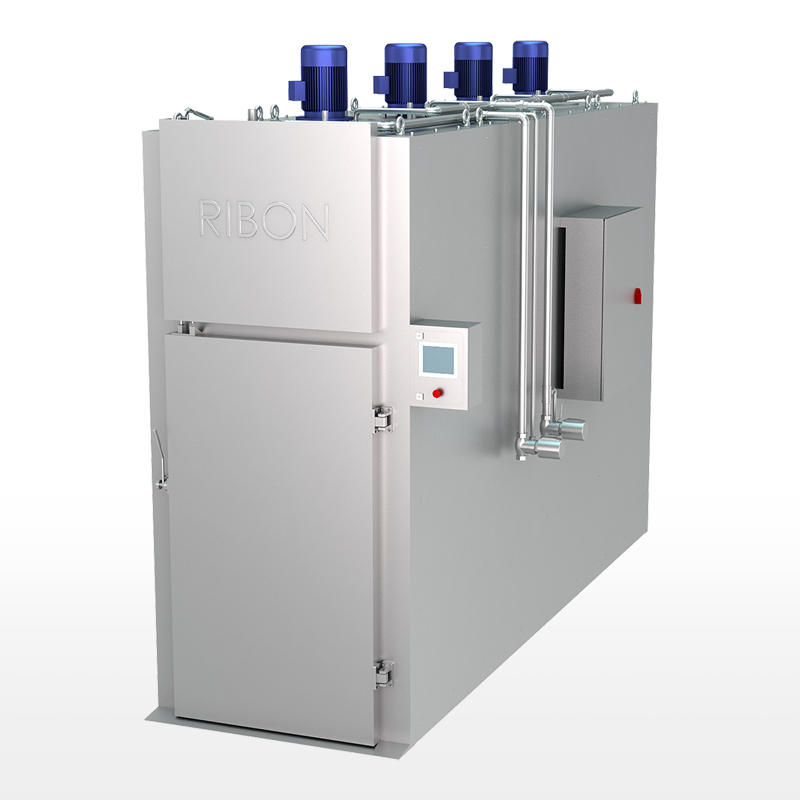In the modern meat processing industry, efficiency, hygiene, and yield are critical factors that determine profitability and customer satisfaction. As global demand for high-quality beef continues to rise, meat processors are increasingly turning to automated cattle cutting and deboning solutions to streamline their operations and maintain consistent product standards.
Why Cattle Cutting and Deboning Matters
Cattle processing is a complex task that involves separating meat from bone while preserving the integrity and quality of various cuts. Manual methods, though still prevalent in some regions, are time-consuming and labor-intensive. They also introduce the risk of contamination and inconsistency in cut sizes and meat yield. That’s why investing in a specialized cattle cutting and deboning system has become essential for facilities aiming to increase throughput and reduce operational costs.
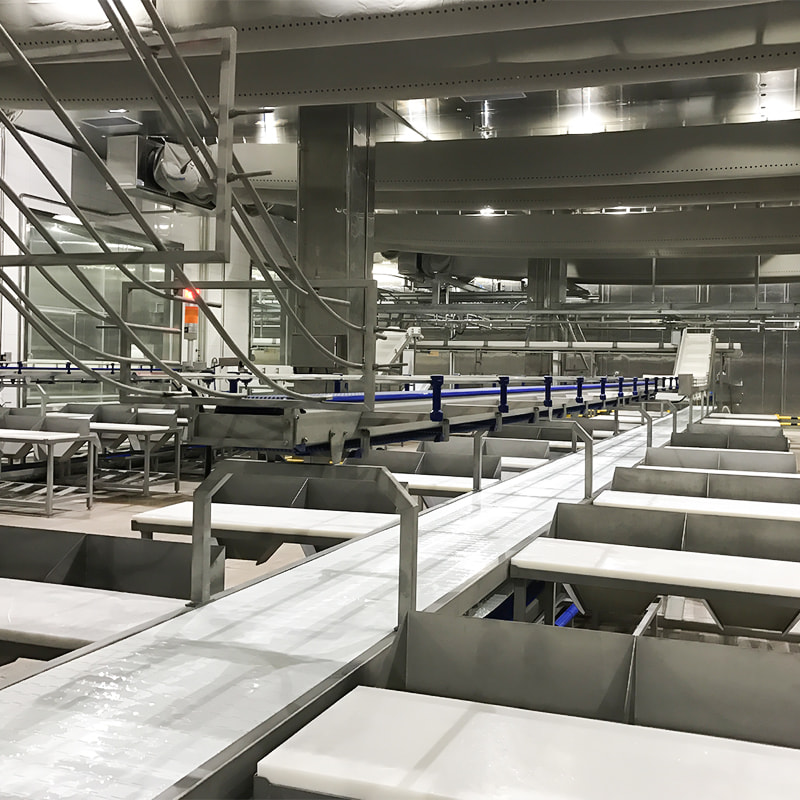
Key Features of Modern Solutions
Modern cattle cutting and deboning systems are designed with a focus on automation, precision, and safety. These systems typically include:
High-speed cutting lines equipped with sensors and programmable settings.
Deboning modules that can handle both forequarters and hindquarters with minimal human intervention.
Vacuum and conveyor systems that streamline the movement of meat and by-products.
Integrated data tracking to monitor yield, worker performance, and product quality in real time.
Benefits for Meat Processing Plants
Improved Yield and Accuracy: Automated systems can consistently achieve precise cuts, reducing waste and improving yield.
Labor Efficiency: With reduced reliance on manual labor, companies can reallocate workers to value-added tasks and lower the risk of repetitive strain injuries.
Enhanced Hygiene: Enclosed systems with automated cleaning features help maintain higher sanitation standards, vital for food safety.
Scalability: Whether processing 100 or 1,000 cattle per day, modern systems can be scaled to fit different production capacities.





 English
English русский
русский Español
Español عربى
عربى
